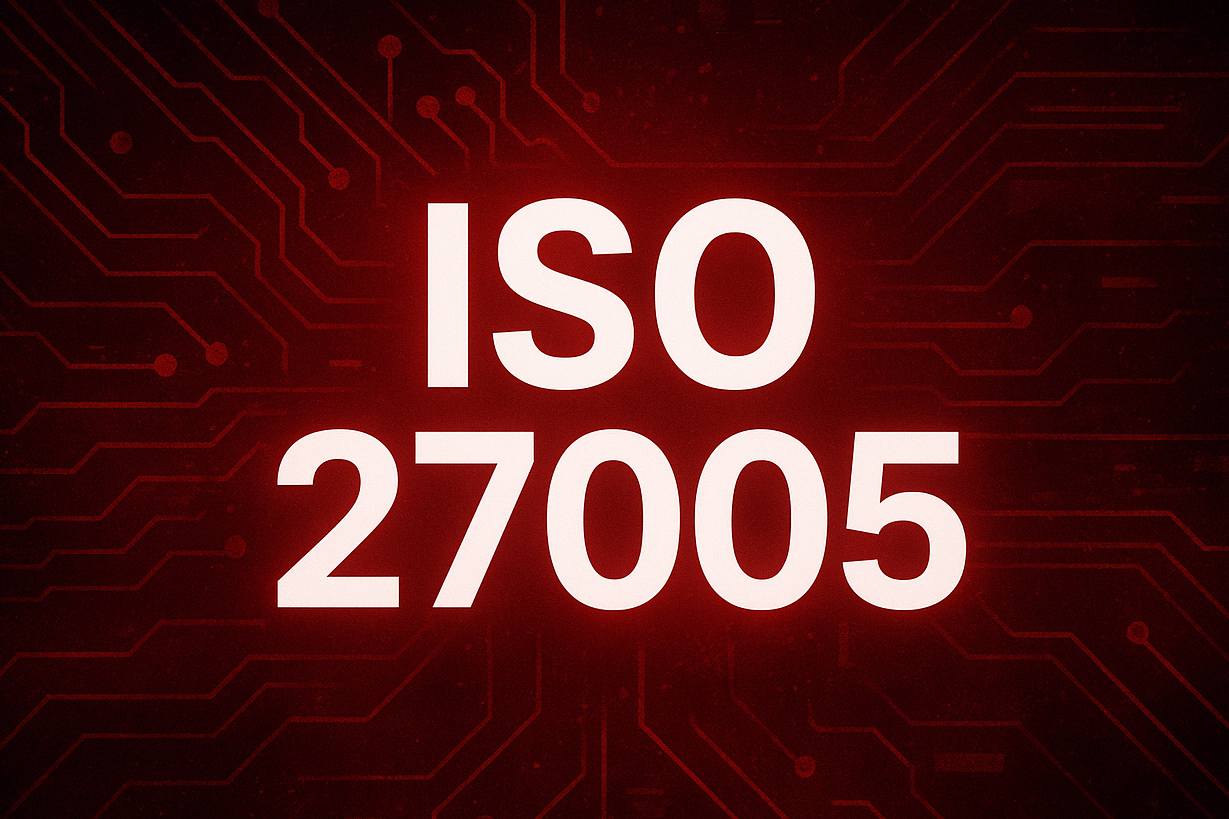In a world where cyberattacks cost an average of $4.45 million per incident according to IBM, cybersecurity risk management is no longer optional but a strategic necessity. For executives, CIOs, and CISOs, understanding and mastering ISO 27005 becomes crucial to effectively protect their organization while optimizing security investments.
The ISO 27005 standard provides a structured, internationally recognized approach to identify, assess, and treat information security risks. Beyond mere regulatory compliance, it serves as a genuine cybersecurity governance lever that transforms IT security into a competitive advantage.
What is ISO 27005 and Why is it Essential?
Definition and Scope of ISO 27005 Standard
ISO 27005 “Information technology – Security techniques – Information security risk management” is the international reference for cyber risk management. This standard provides a comprehensive methodological framework to implement a risk management process aligned with the organization’s business objectives.
Unlike other approaches, ISO 27005 integrates perfectly within an information security management system (ISMS) compliant with ISO 27001. It thus offers natural continuity for companies already engaged in an ISO 27001 compliance journey.
Strategic Stakes for Business Leaders
For executives, ISO 27005 addresses three major concerns:
Cost control: Rather than investing massively in technical solutions without global vision, the standard allows optimizing security budgets by prioritizing risks according to their real impact on business operations.
Regulatory compliance: With the implementation of NIS2 and strengthened GDPR requirements, having a documented and auditable risk management process becomes mandatory to avoid sanctions.
Business continuity: By proactively identifying critical vulnerabilities, ISO 27005 directly contributes to business continuity plan robustness and operational resilience.
Key Deployment Steps
A successful ISO 27005 project generally follows this progression:
- Scoping phase (4-6 weeks): Scope, objectives, and project organization definition
- Analysis phase (8-12 weeks): Risk identification, analysis, and assessment
- Treatment phase (6-10 weeks): Action plan development and validation
- Deployment phase (12-16 weeks): Measure implementation and team training
- Monitoring phase (continuous): Monitoring, periodic reviews, and continuous improvement
This planning must integrate operational constraints and adapt to the organization’s budget cycles.
Choosing Support
ISO 27005 complexity often justifies external support, particularly for beginner organizations. Provider selection should consider:
- Sectoral expertise and business challenge knowledge
- ISO 27005 certifications and references
- Change management support capability
- Pedagogical approach and skills transfer
Good support combines technical expertise and strategic vision, allowing standard adaptation to organizational specificities while guaranteeing compliance.
Integration with Other Security Frameworks
Synergy with ISO 27001 and Certification
ISO 27005 naturally fits within an ISO 27001 certification approach. Risk management constitutes one of the pillars of the information security management system (ISMS).
This complementarity offers several advantages:
- Methodological consistency between risk assessment and security measures
- Internal and external audit optimization
- Facilitated compliance demonstration
- Continuous improvement of security level
For organizations already ISO 27001 certified, adopting ISO 27005 reinforces their ISMS robustness and facilitates surveillance audits.
NIS2 Compliance and Regulatory Requirements
The implementation of the NIS2 directive in October 2024 strengthens risk management obligations for companies in critical sectors. ISO 27005 offers a methodological framework perfectly aligned with these new requirements.
Companies subject to NIS2 must notably:
- Have a regularly updated risk mapping
- Implement security measures proportionate to identified risks
- Establish security incident monitoring procedures
- Ensure regular reporting to competent authorities
ISO 27005 precisely responds to these obligations while integrating into a broader cybersecurity regulatory compliance approach.
Conclusion: Transforming Risks into Opportunities
ISO 27005 represents much more than a simple technical framework: it’s a genuine transformation lever that places cybersecurity at the service of business performance. For executives, CIOs, and CISOs, mastering this approach becomes essential to navigate in a constantly evolving threat environment.
Investment in a structured ISO 27005 approach generates lasting benefits: cost reduction, resilience improvement, stakeholder confidence reinforcement, and regulatory compliance. Beyond that, it transforms cybersecurity from a cost center into a competitive advantage.
Implementation complexity should not discourage motivated organizations. With appropriate support and a progressive approach, ISO 27005 becomes accessible to all structures, regardless of their size or initial maturity.
Would you like to assess your organization’s cybersecurity maturity and explore the benefits of an ISO 27005 approach ? Our cybersecurity governance experts accompany you in this strategic journey. Contact us today for a personalized diagnosis and discover how to transform your cyber risks into business opportunities.
Benefit from our recognized expertise in cybersecurity audit and regulatory compliance to accelerate your security transformation with complete peace of mind.

